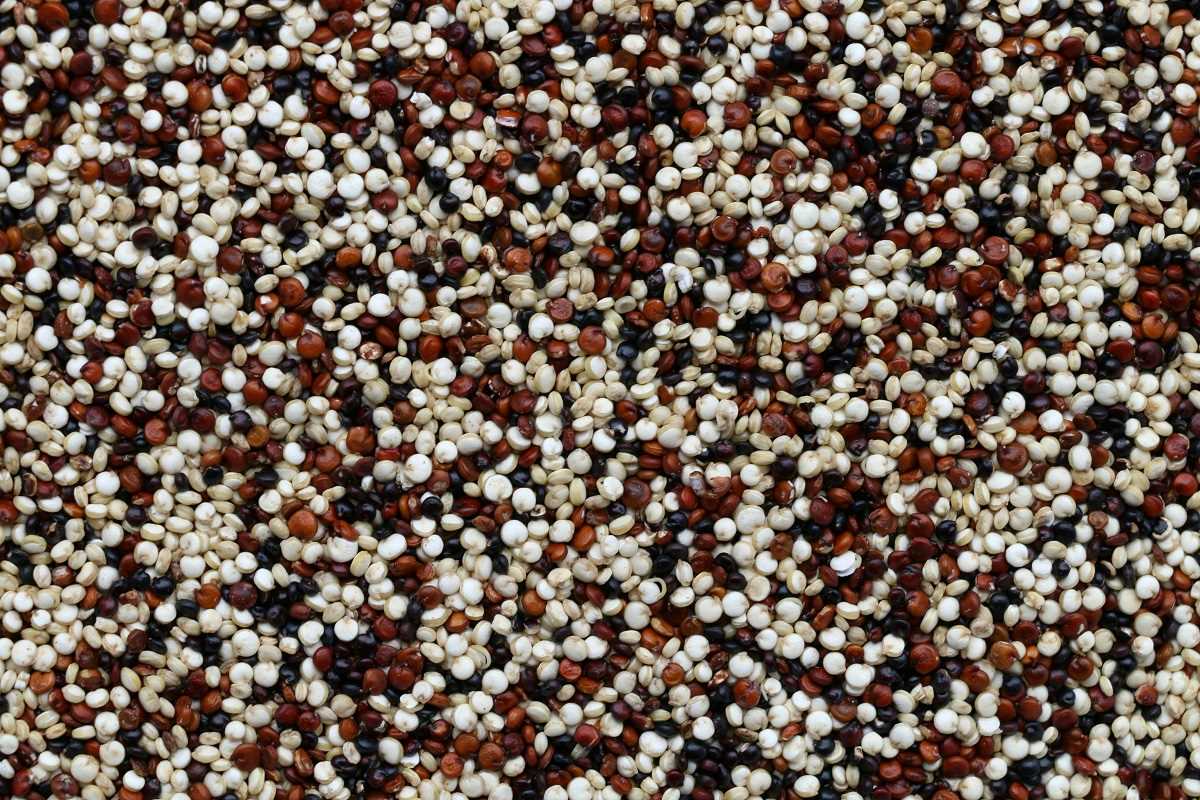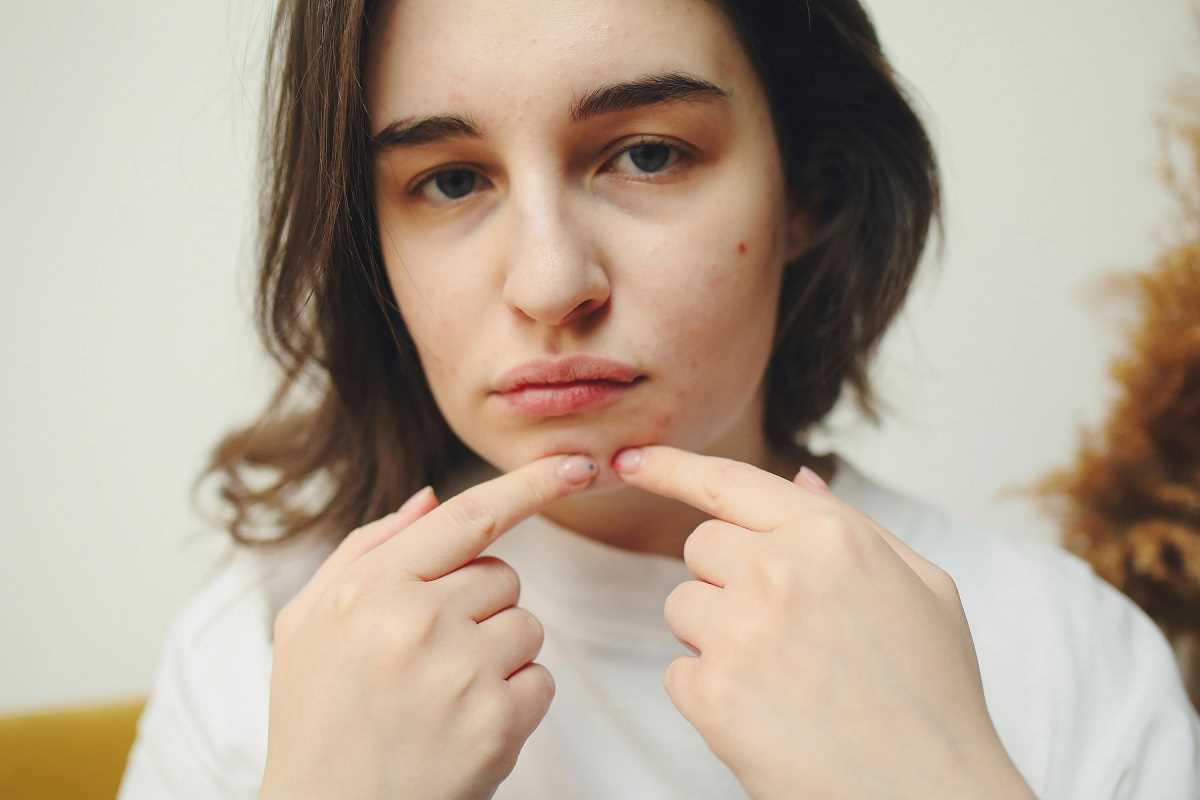Bone health is essential for overall well-being, providing strength and support for the body throughout life. However, bones are not static—our skeletal system constantly undergoes changes influenced by hormones that regulate bone growth, maintenance, and density. Hormonal shifts, whether related to puberty, pregnancy, menopause, or aging, can significantly impact bone health. Understanding these changes and implementing preventative measures at every stage of life can help maintain strong, healthy bones for years to come.
The Key Role of Hormones in Bone Health
Hormones are the body’s chemical messengers, facilitating numerous processes, including bone development and preservation. Three primary hormones play a vital role in bone health:
- Estrogen: Predominantly associated with women, estrogen is vital for bone density as it slows the breakdown of bone tissue. Low levels of estrogen increase the risk of osteoporosis, a condition characterized by weakened bones.
- Testosterone: Although often linked to men, testosterone also benefits women. This hormone helps stimulate bone formation and maintain bone mass, making it essential for skeletal strength.
- Growth Hormone: This hormone is crucial during childhood and adolescence, promoting bone lengthening and overall skeletal development. It also plays a role in maintaining bone health during adulthood by stimulating bone regeneration.
Other hormones, such as parathyroid hormone and vitamin D-related hormones, also contribute to calcium absorption and bone turnover, ensuring that bones remain strong and resilient.
Puberty and Bone Development
The teenage years mark a critical period for bone mass acquisition. During puberty, the surge in hormones like estrogen, testosterone, and growth hormone drives rapid bone growth, particularly in length and density. By the late teenage years or early 20s, most individuals reach their "peak bone mass," the highest level of bone density they will achieve in their lifetime.
Hormonal Growth Spurts
Growth hormone contributes significantly to the lengthening of long bones, while testosterone and estrogen play supportive roles in strengthening and closing growth plates. Boys typically gain more bone mass than girls due to higher levels of testosterone, which directly stimulates bone-forming cells.
Tips for Supporting Bone Health During Puberty
To maximize peak bone mass and build a strong foundation for the future, teenagers should:
- Eat a calcium-rich diet: Include foods like dairy products, leafy greens, almonds, and fortified cereals.
- Get enough vitamin D: Ensure regular sunlight exposure and consider vitamin D supplements if necessary.
- Stay physically active: Weight-bearing exercises like running, jumping, and resistance training help stimulate bone growth.
- Limit sugary drinks and excessive caffeine: These can interfere with calcium absorption, reducing bone-strengthening benefits.
Pregnancy and Its Effect on Bone Health
Hormonal changes during pregnancy are profound, with estrogen levels climbing to sustain the pregnancy and support the baby’s development. While estrogen is protective for maternal bone density, the demands of growing a baby may occasionally lead to bone loss, especially if calcium intake is inadequate.
Temporary Bone Loss
During pregnancy, the baby sources calcium directly from the mother, primarily during the third trimester when fetal bones harden. If the mother’s diet lacks sufficient calcium, the body may draw from her bones, potentially leading to temporary losses in density. However, this bone loss is typically restored after childbirth, especially if the mother follows a calcium-rich diet.
Tips for Bone Health During Pregnancy
To protect and preserve bone health during pregnancy:
- Increase calcium intake: Aim for at least 1,000 mg of calcium daily through foods like cheese, yogurt, tofu, and fortified orange juice.
- Take prenatal vitamins with vitamin D: This helps improve calcium absorption and supports bone health.
- Stay active with low-impact exercises: Activities like walking or prenatal yoga can strengthen bones without undue strain.
- Avoid excess sodium and high-phosphorus foods: Too much salt or phosphorus interferes with calcium metabolism.
Menopause and the Risk of Osteoporosis
Menopause is perhaps the most well-documented life stage where hormonal changes heavily impact bone health. Estrogen levels plummet during this transition, significantly accelerating bone breakdown. Women can lose up to 20% of their bone density in the first few years after menopause, putting them at greater risk of fractures.
The Estrogen-Bone Connection
Estrogen inhibits osteoclasts, the cells responsible for breaking down bone tissue. When estrogen levels drop, bone resorption (breakdown) outpaces bone formation, leading to decreased density. Postmenopausal osteoporosis is a prevalent concern, particularly for women over 50.
Tips for Postmenopausal Bone Health
To counteract bone loss during menopause and beyond, women should:
- Consider hormone replacement therapy (HRT): Consult a healthcare provider about whether HRT is suitable for preserving bone density.
- Take calcium and vitamin D supplements: Supplements can help meet the increased nutritional demands for maintaining bone strength.
- Engage in resistance and weight-bearing exercise: Activities like strength training, walking, or dancing can slow bone loss.
- Quit smoking and limit alcohol intake: These habits are linked to accelerated bone loss and reduced bone repair.
Aging and Bone Maintenance for Both Genders
While women experience more dramatic bone density changes after menopause, men are not immune to bone loss. Aging affects bone health in both sexes, as testosterone and growth hormone levels gradually decline after the age of 30. This leads to bone thinning and increased fracture risks.
Bone Health Risks in Seniors
Aging populations are particularly prone to osteoporosis and fractures, especially in the hips, spine, and wrists. Besides hormonal declines, reduced physical activity, poor nutrition, and chronic illnesses contribute to bone deterioration. Seniors also face a higher risk of falls, further compounding the risk of fractures.
Tips for Bone Health in Older Adults
To maintain bone health well into old age:
- Maintain a healthy diet: Focus on calcium, vitamin D, magnesium, and phosphorus to support bone repair and strength.
- Exercise regularly: Incorporate gentle weight-bearing exercises like tai chi, walking, or light resistance training to maintain bone density.
- Prevent falls: Use assistive devices, improve household safety, and focus on balance training to reduce fall risks.
- Monitor bone density: Periodic bone density scans can help identify potential issues early and guide preventative strategies.
Preventative Measures for All Life Stages
While bone health challenges vary across life stages, the following guidelines are universally beneficial for everyone:
- Focus on nutrition: Build a diet high in calcium, vitamin D, and bone-supporting nutrients like magnesium and potassium.
- Stay physically active: Engage in activities that stress bones safely, encouraging stronger bone formation.
- Avoid harmful substances: Smoking and excessive alcohol consumption weaken bones and should be reduced or eliminated.
- Monitor hormone health: Regular medical checkups ensure that any hormonal imbalances are identified and addressed promptly.
- Use supplements if needed: When dietary intake is inadequate, calcium and vitamin D supplements provide essential support.
Hormonal shifts affect bone health dramatically across different life stages, from rapid growth in puberty to slower maintenance in aging. Estrogen, testosterone, and growth hormone all play critical roles in shaping and preserving the skeleton. While some bone loss is inevitable, understanding how hormonal changes impact bone density allows us to adopt preventative strategies that support long-term health. By prioritizing nutrition, exercise, and medical monitoring, individuals can nurture their bones and maintain strength, mobility, and independence throughout life.
 (Image via
(Image via


.jpg)


